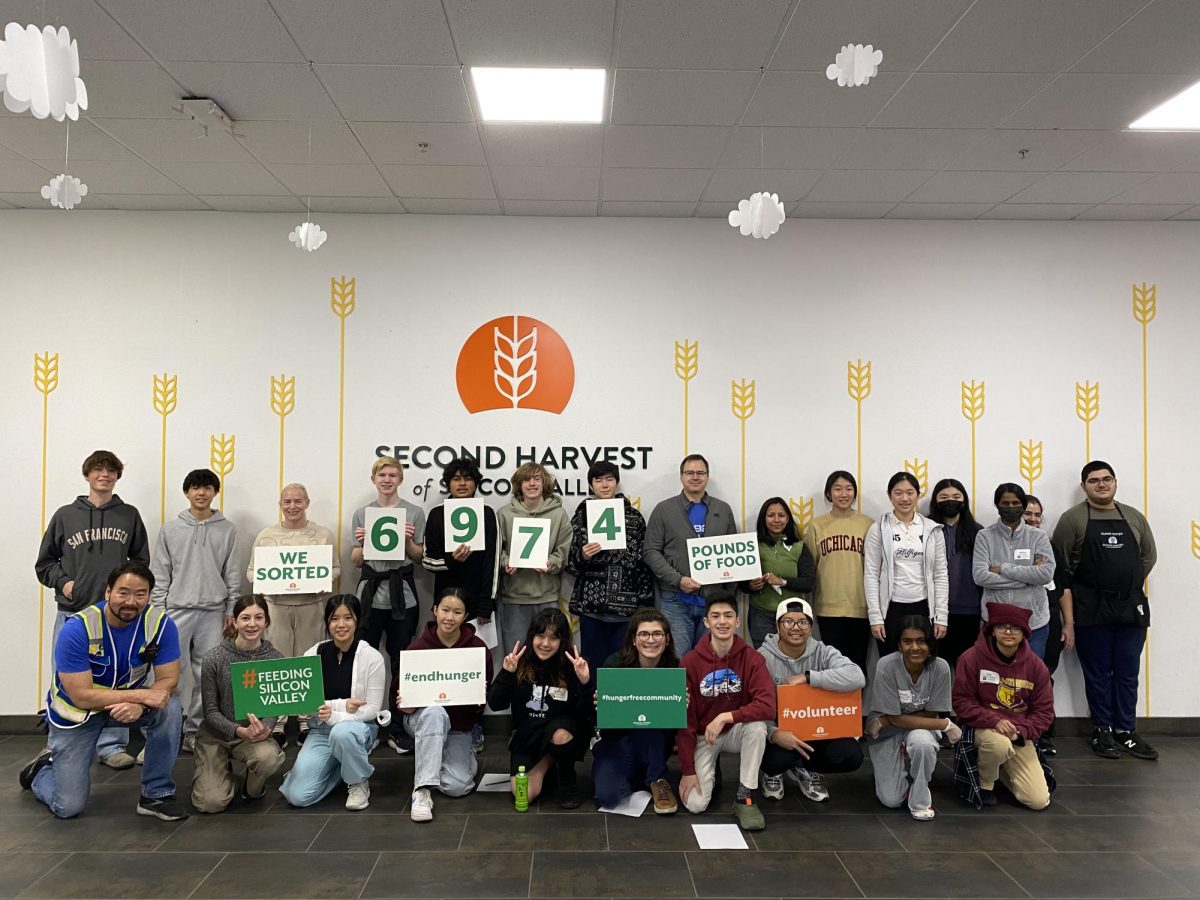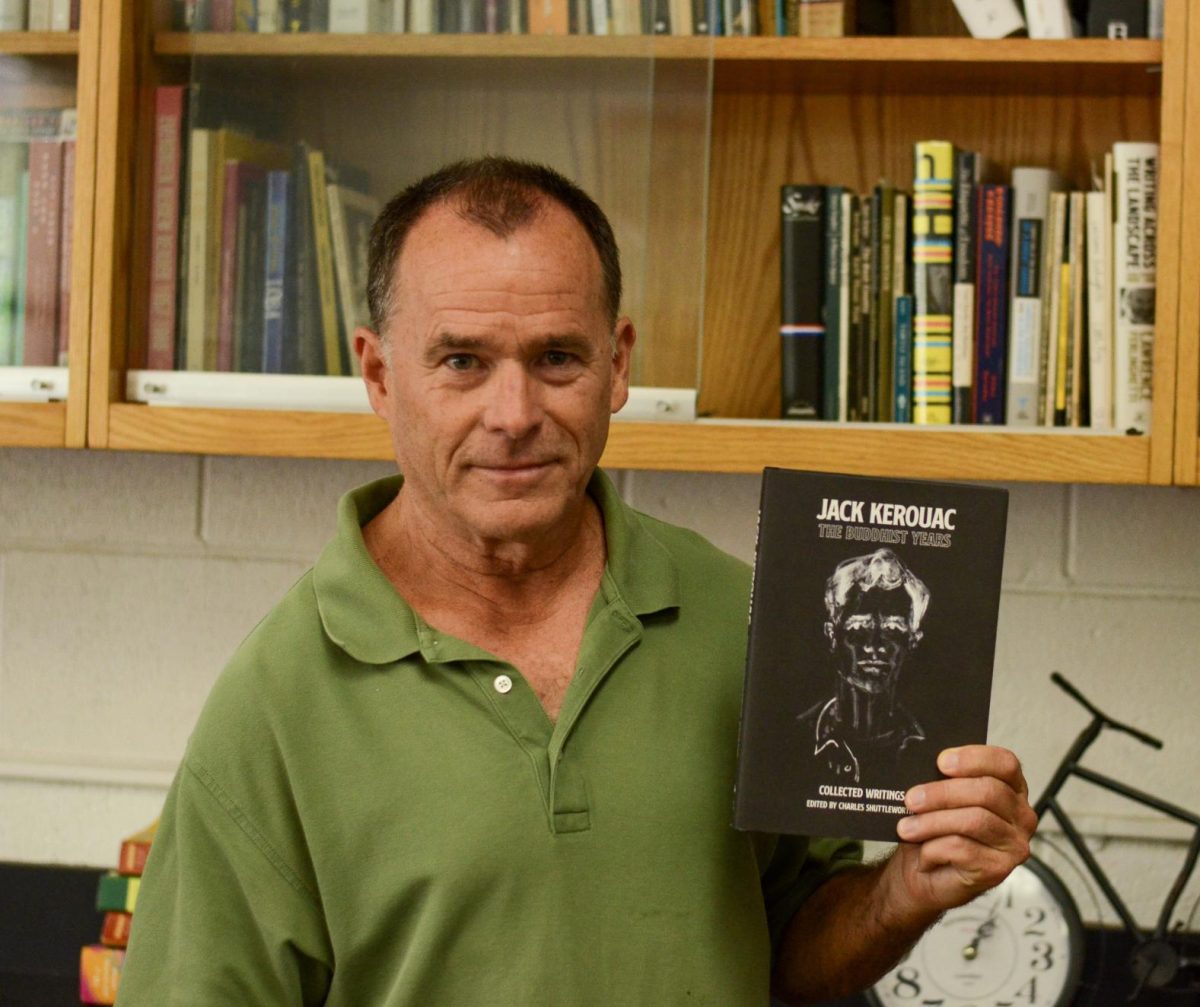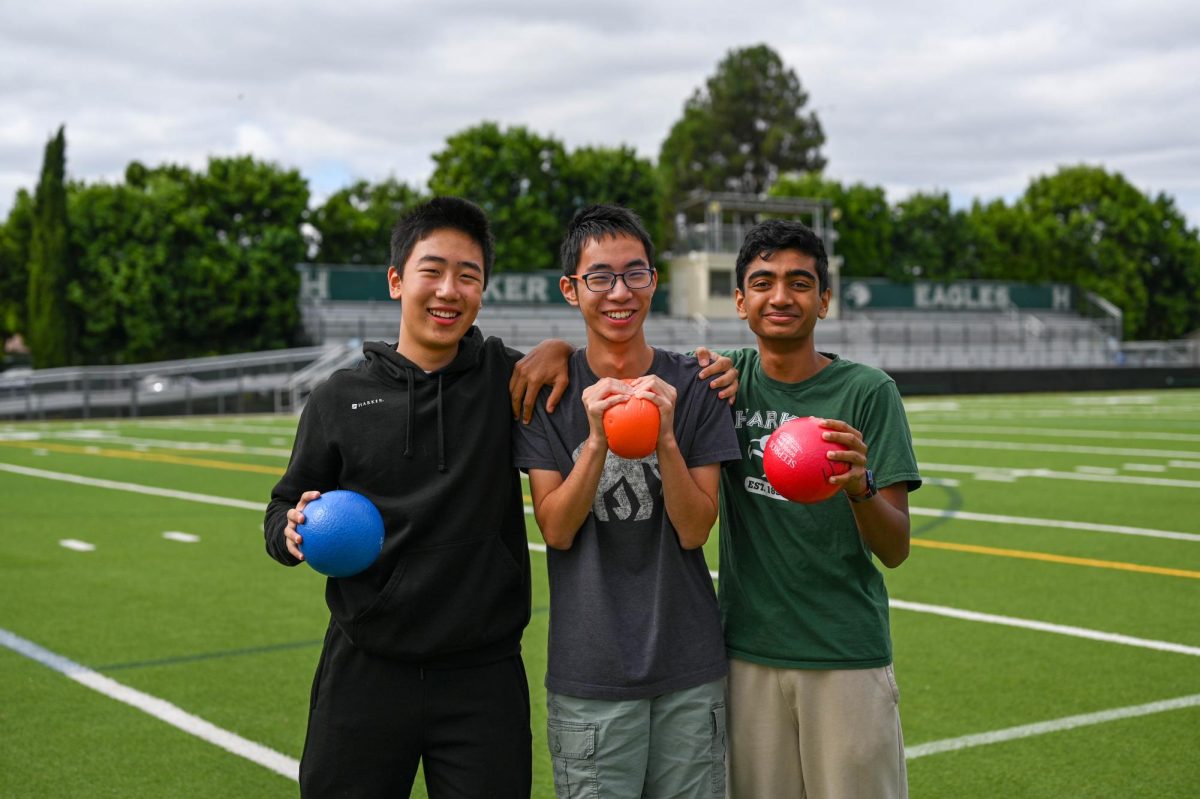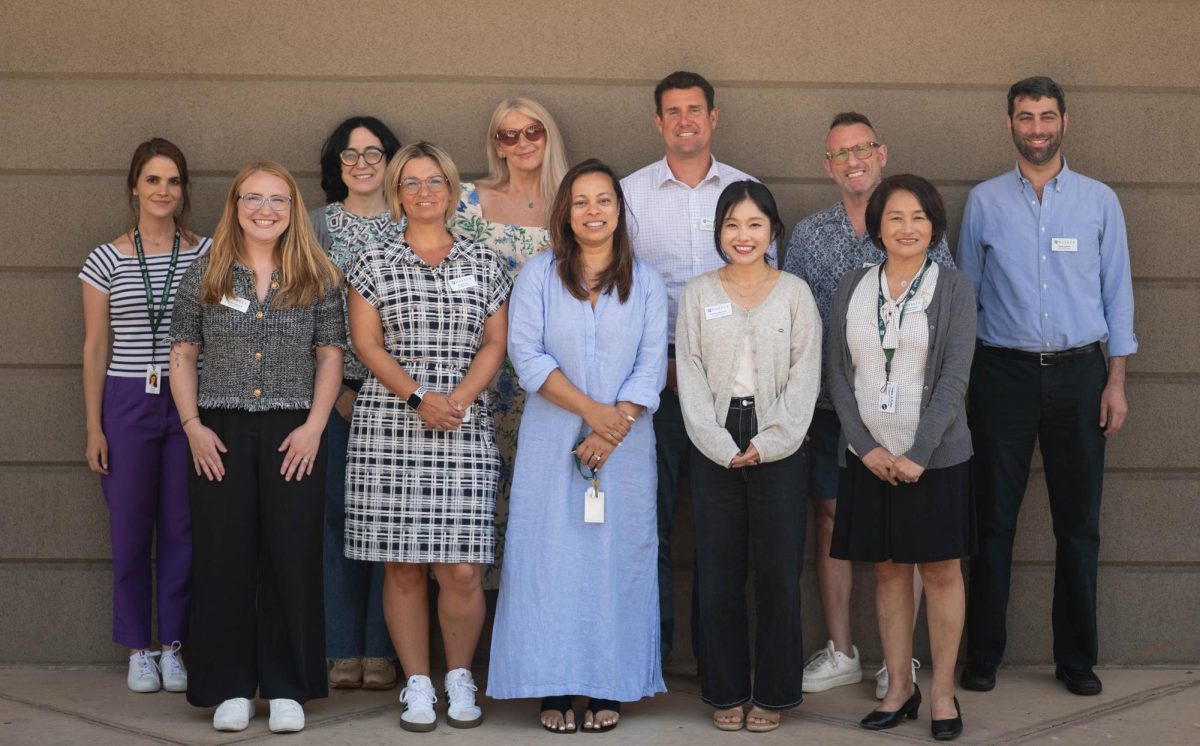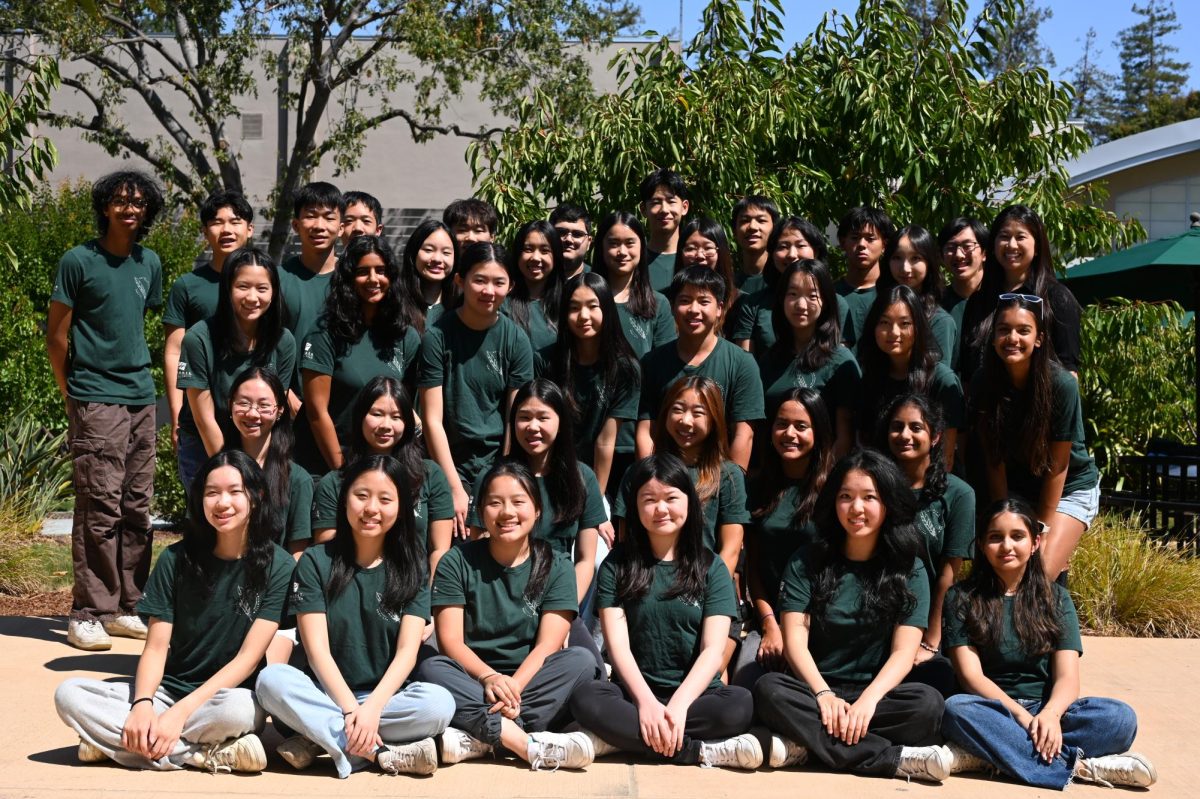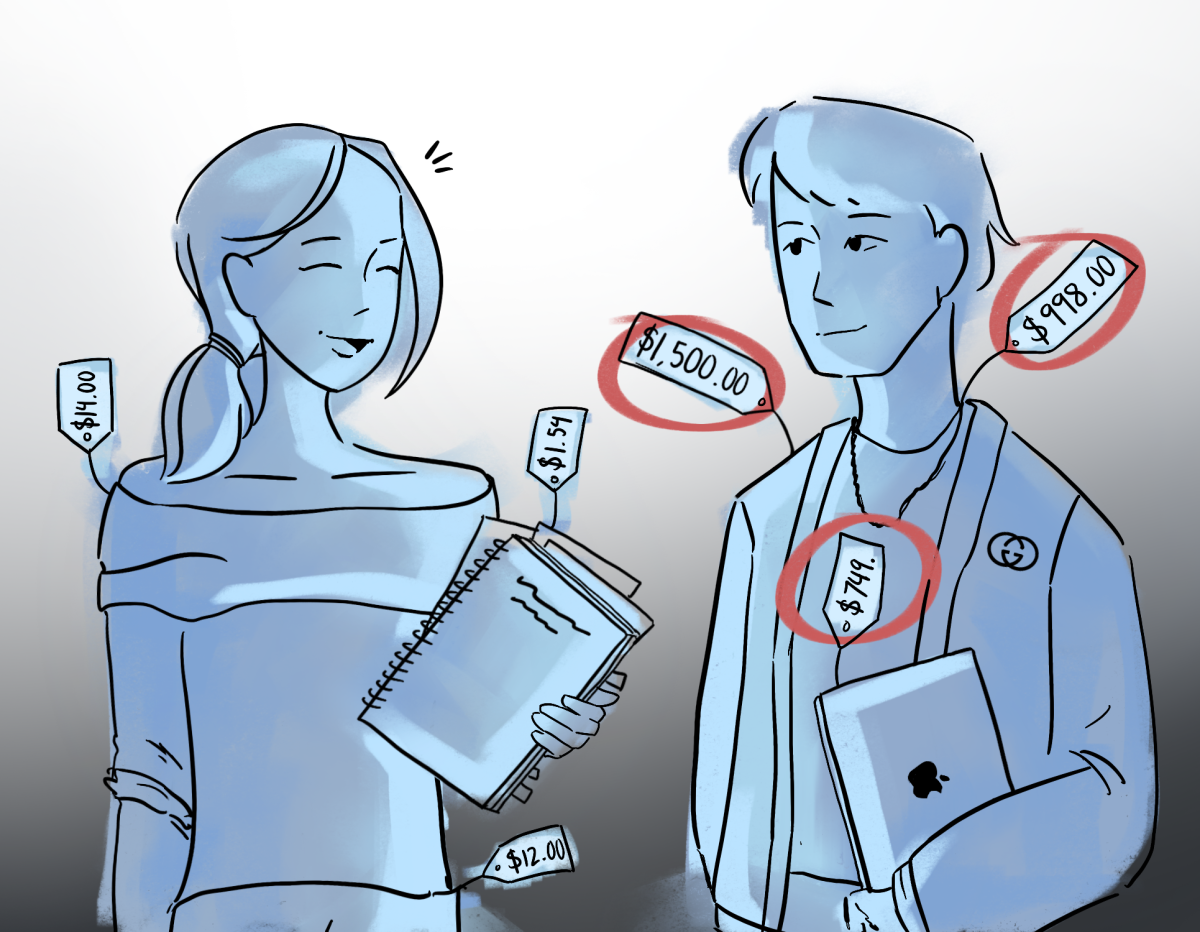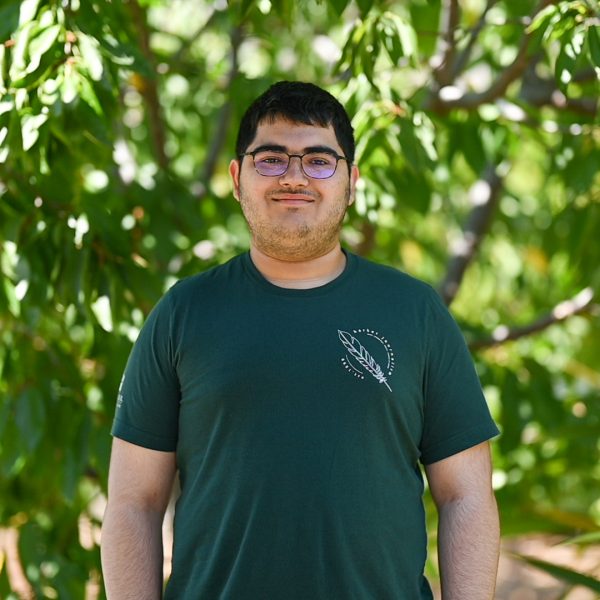Hundreds of food pallets stretch toward the ceiling in the back of Second Harvest of Silicon Valley’s Cypress Center warehouse. The scent of oranges surrounds the cooler, mingling with the warm smell by the bread around the corner. Nearby, stacked bags with ready-to-eat meals climb the walls.
Serving around 500,000 clients across Santa Clara and San Mateo counties, Second Harvest of Silicon Valley focuses on providing clients with nutritious, high-quality food. Community Engagement officer Janette Brambilla Lopez, who worked with Second Harvest for the past three years, reflects on how Second Harvest impacted her directly and how she hopes to give back now.
“My favorite part about working for the food bank is that it’s a full circle,” Lopez said. “I used to be a beneficiary from Second Harvest growing up, and now that I get to be on the other side, I am happy to help out those people and those families who are still struggling day by day in Silicon Valley. It’s rewarding for me. I’m now making a difference.”
72% of Second Harvest’s food comes from rescuing surplus through local grocery partners like Costco, Safeway, Target, Trader Joe’s and Whole Foods, as well as partnerships with farmers. Inside the warehouse, Second Harvest staff and volunteers ensure that the food they distribute is safe while giving it a second life. While rescued produce may look imperfect, Lopez emphasizes that it remains healthy and edible.
“When you store food here, you see these unique shapes and sizes of fruits, which you wouldn’t find at your local store,” Lopez said. “At local stores, all the fruits and veggies are shiny. They’re one size. They’re beautiful. At Second Harvest, they’re still beautiful, but they’re very unique. That’s the reason we’re called Second Harvest.”
Second Harvest aims to reach as many clients as possible, especially during times of crisis. Prior to the COVID-19 pandemic, the organization operated only three distribution centers, but they quickly expanded to 900 sites during the pandemic.
Junior Justin Yang leads a Second Harvest distribution site in Milpitas. As a site leader, he ensures volunteer safety and efficient food distribution, with his team handing out produce boxes and staples like beans, rice, milk, chicken and eggs.
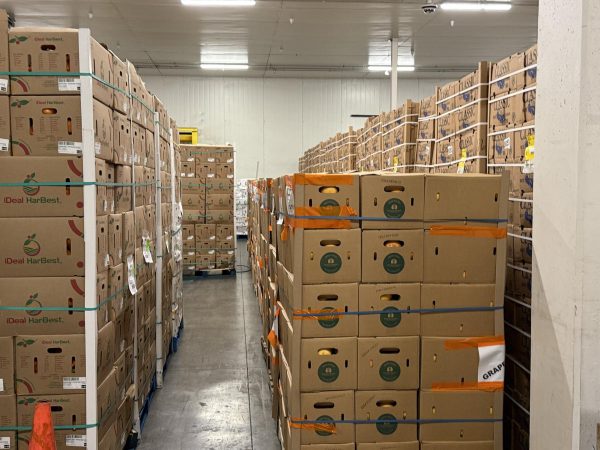
While Justin initially signed up to fulfill Harker’s required volunteer hours, he decided to stay because he enjoyed the work and the strong connection between the distribution team and the community they serve.
“A lot of [our clients] come every time, and they depend on us,” Justin said. “We are able to help so many people on a regular basis. They do great things — sometimes they bring us extra gloves, hand sanitizer or masks. Waving to everybody coming through and seeing how happy they are is rewarding. Food makes everybody happy.”
Junior Thomas Campisi regularly volunteers and helps sort food. He enjoys hearing about the group’s impact at the end of each shift as he feels it makes the work meaningful.
“I really like the feeling after it’s done, when you get to hear how many pallets and boxes you were able to send out and particularly, how many people you impacted — that’s the most meaningful to me, because it shows what it’s really about,” Thomas said. “It’s not just about moving boxes. It‘s about helping people, and getting a sense of the scale of how many people you’re able to help puts it all in perspective and shows you why you’re really doing it.”
Second Harvest aims to maintain strong nutrition for clients, sourcing food through a combination of food rescue, purchases and government programs. In addition to local food rescue, an additional 19% of the food is purchased, and the remainder comes through the government’s Feeding America network.
“We make sure we purchase the items that are nutritious and we know bring good nutritional values to their homes,” Lopez said. ”Your 24-pack of soda is something we’re not able to distribute. When we do get items like that, we sometimes ask other partners if they’re interested, and if not, it actually goes to waste. Even with that, our food waste is only about 3%.”
Thomas believes that addressing hunger is less about supply and more about bridging the gap between food and the people who need it.
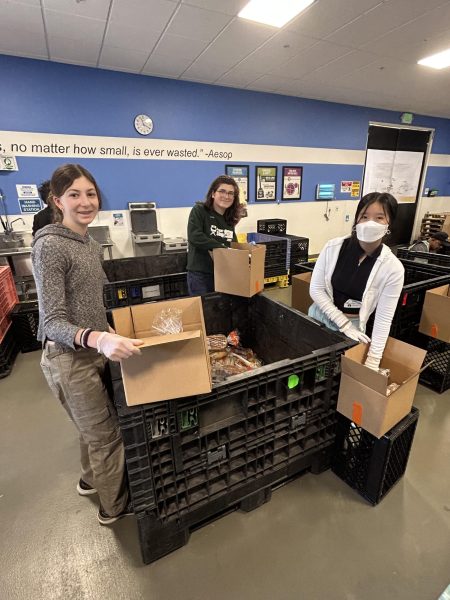
“Hunger has been a problem for a really long time, and it’s something that I can make a tangible impact on,” Thomas said. “One of the biggest problems that people are facing is that we have enough food to feed everyone, but logistically, it’s difficult to get it to people who need it. Being able to contribute in that way and help solve this problem is very important, and I’m proud to be able to participate.”
Lopez is proud of not only the progress Second Harvest has made as an organization but also the values it upholds.
“We’ve been doing this work for more than 51 years, and seeing how our community stands up, how they react, how they continue giving back and how they believe in our mission [is great],” Lopez said. “We wouldn’t be able to do this hard work without our volunteers and donors. I’m also proud to see how our volunteers treat our clients with dignity and respect, and how they don’t judge anyone and welcome everyone.”


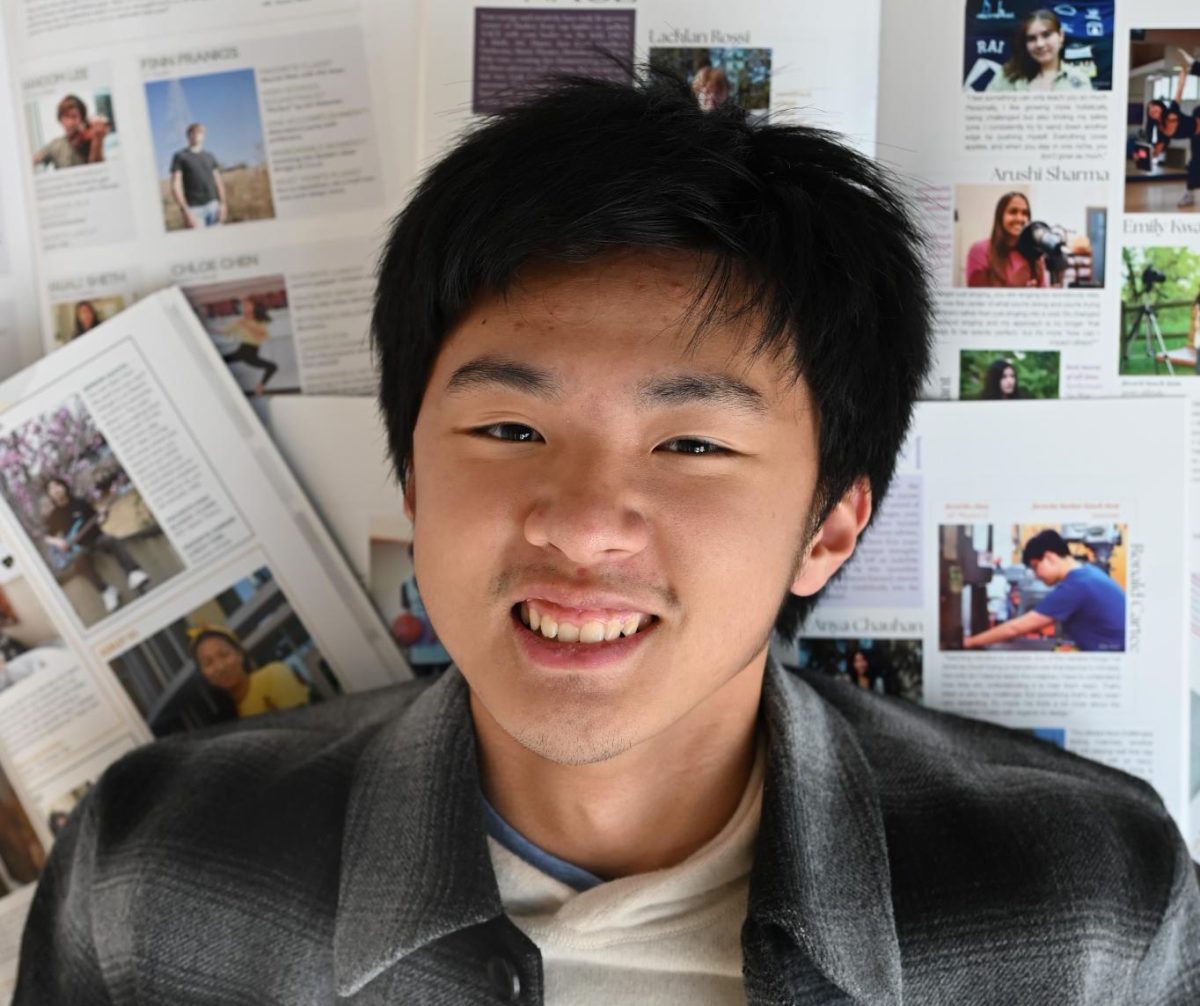



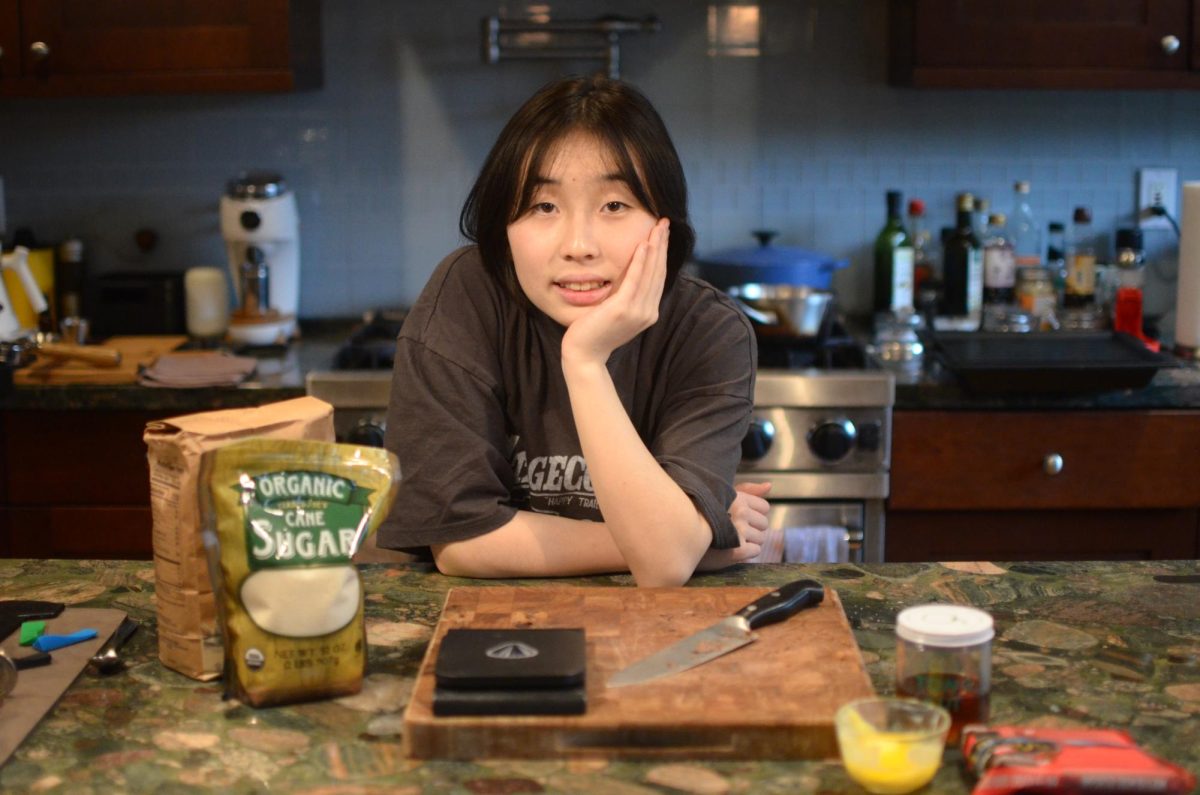



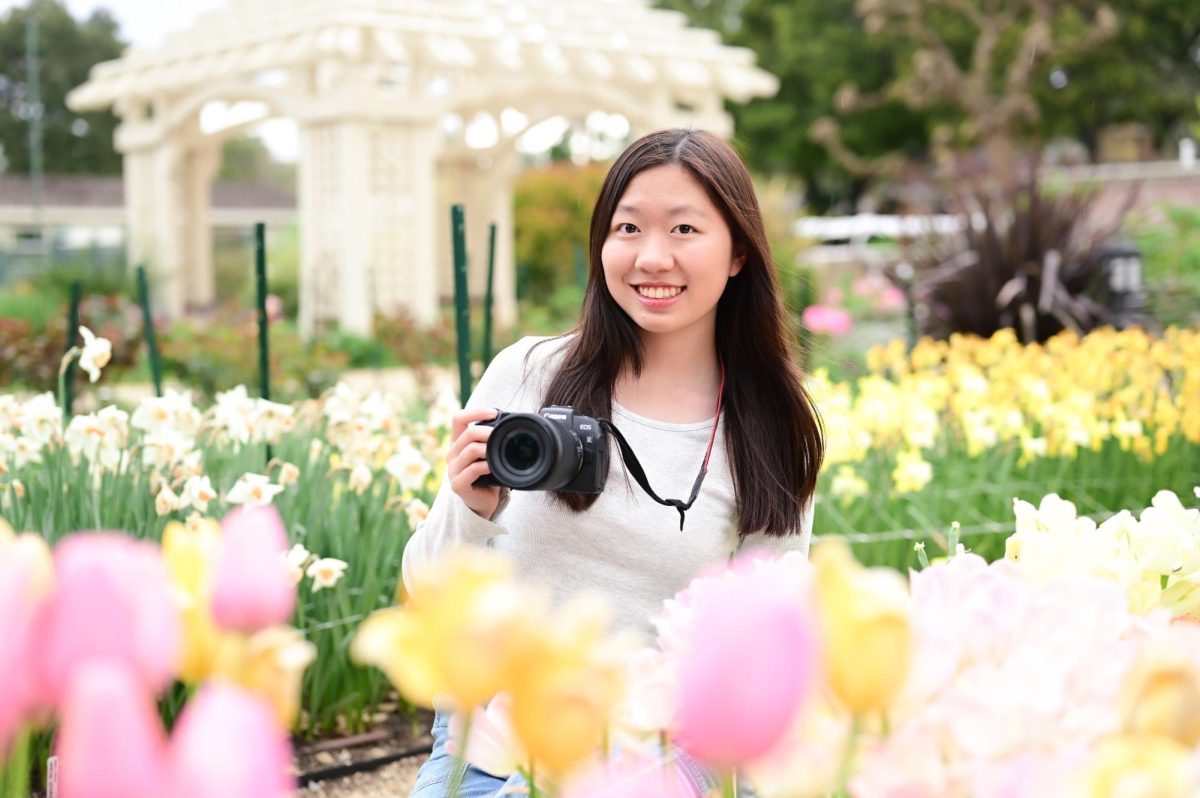
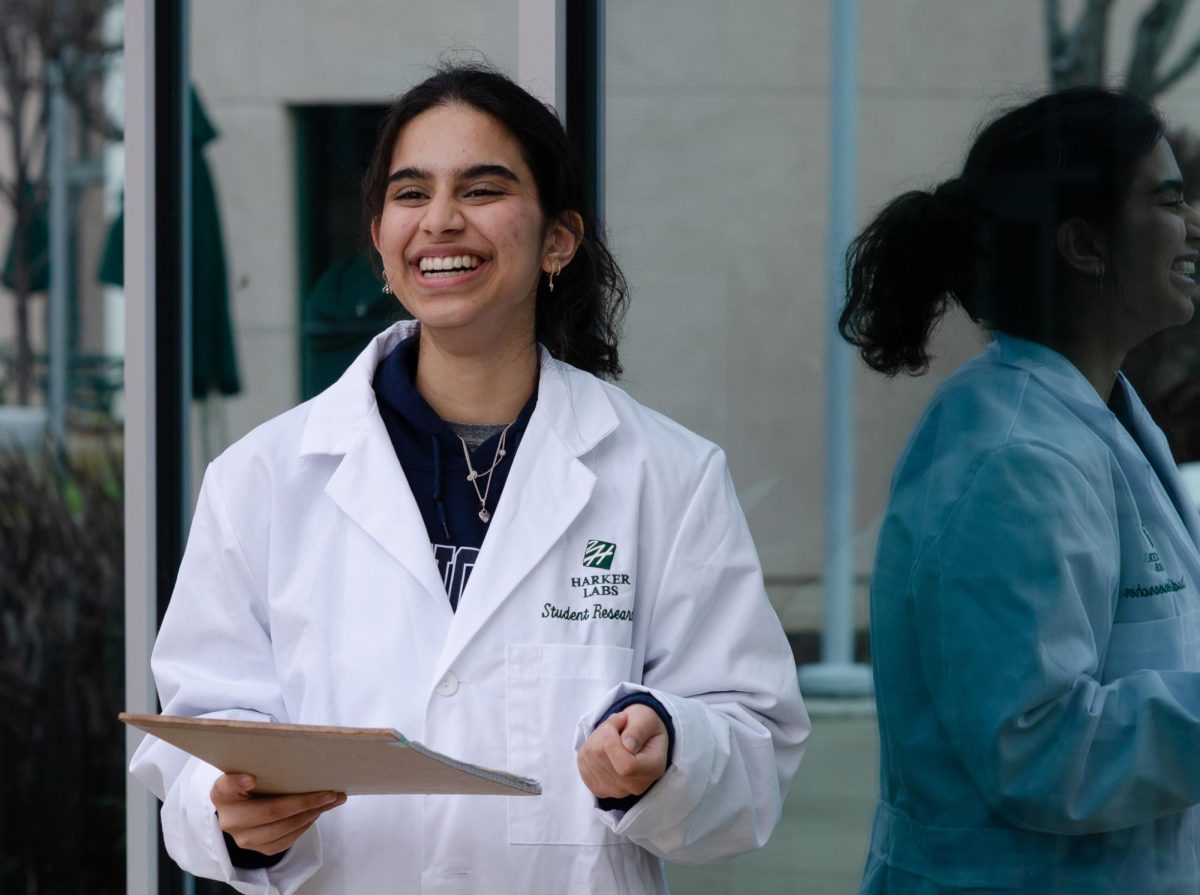

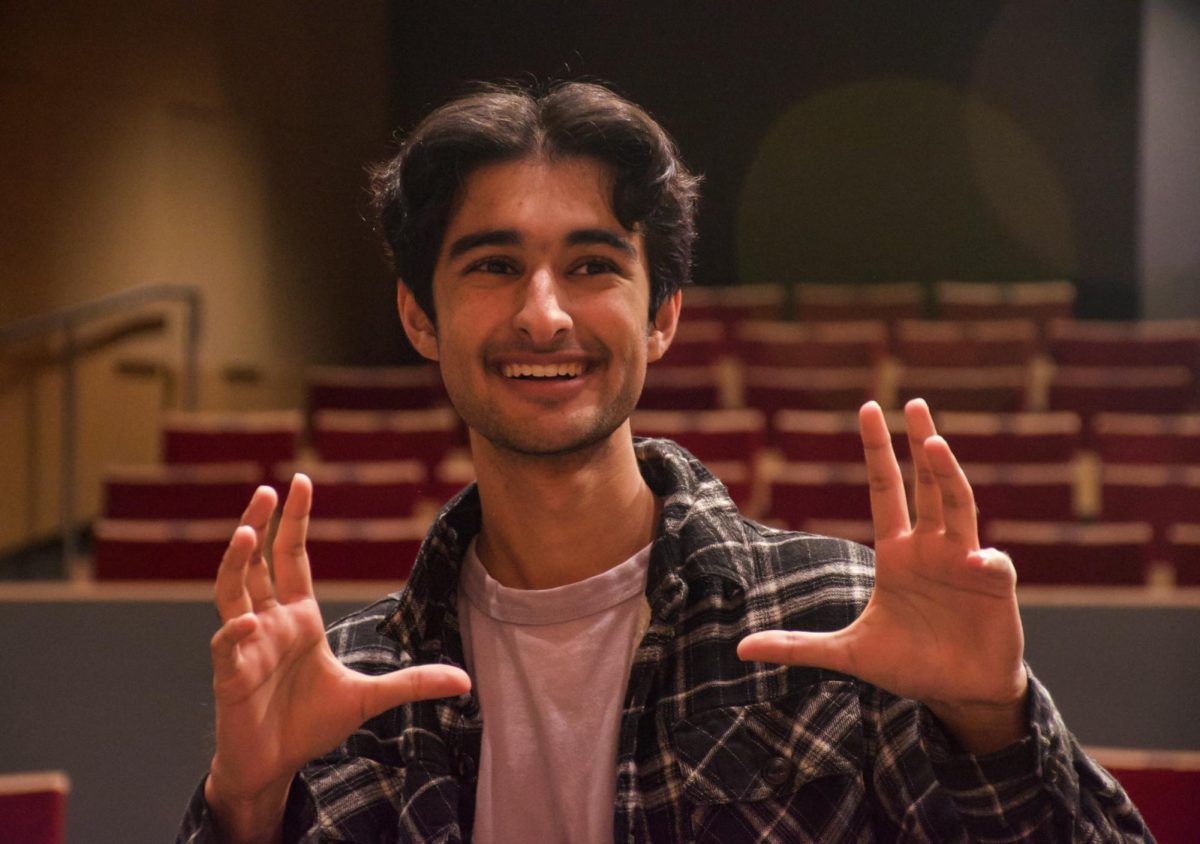
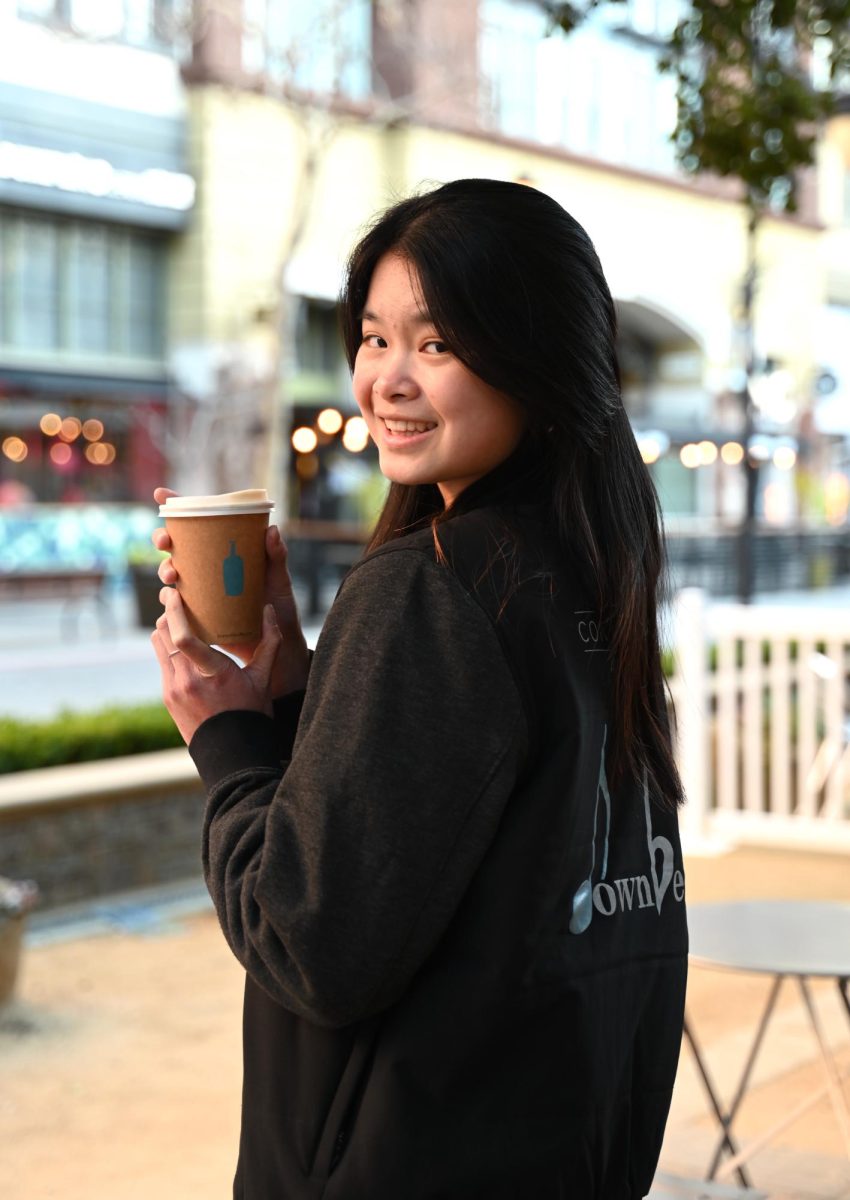
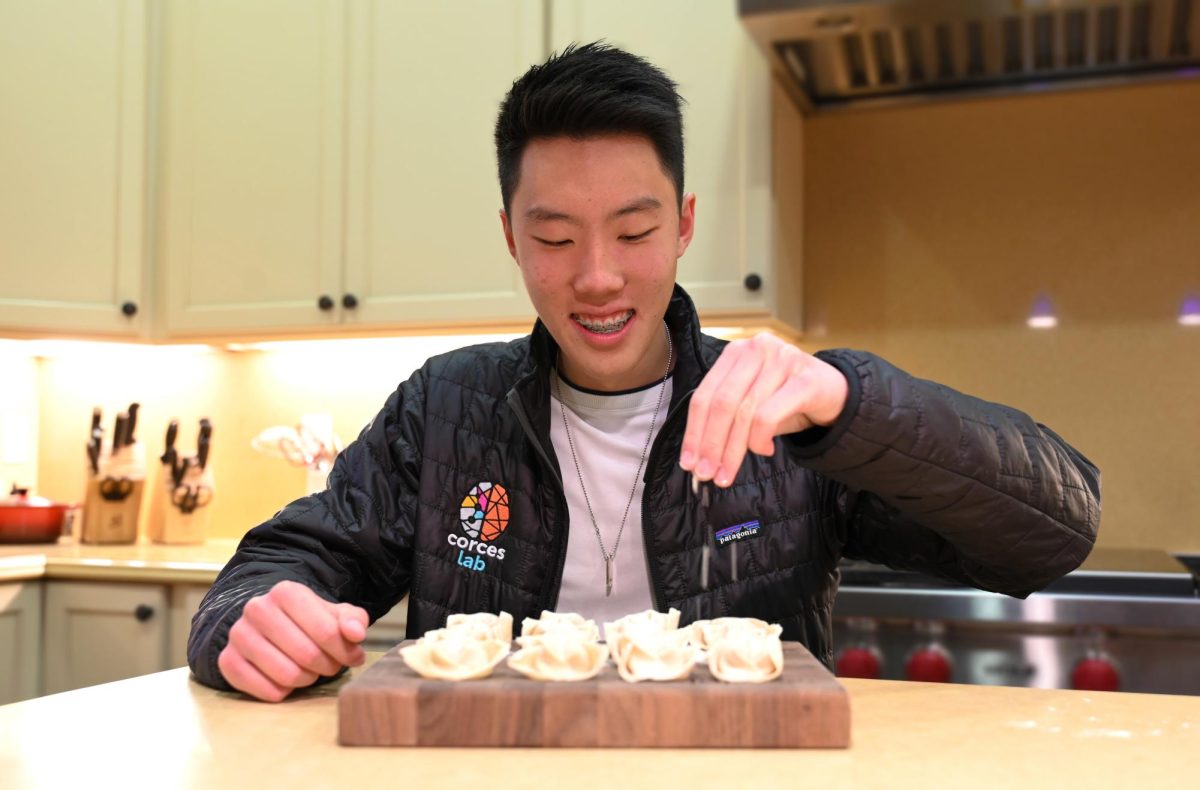
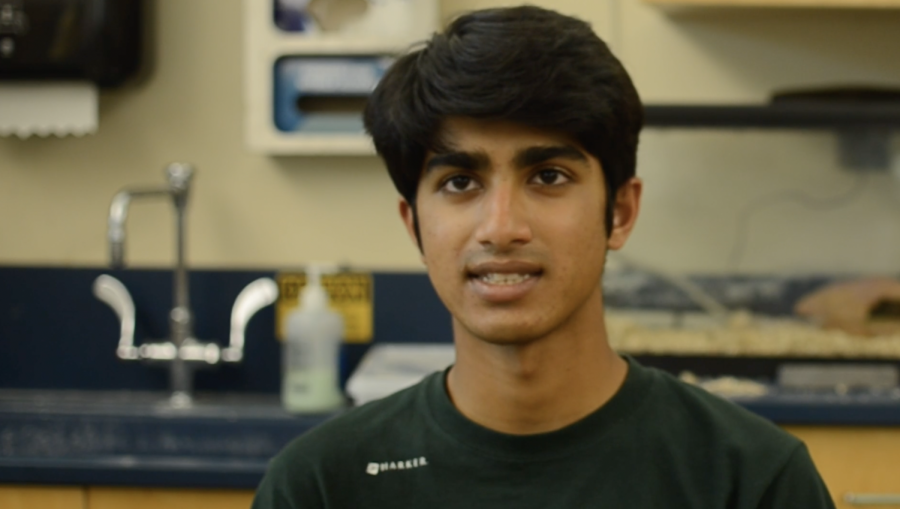
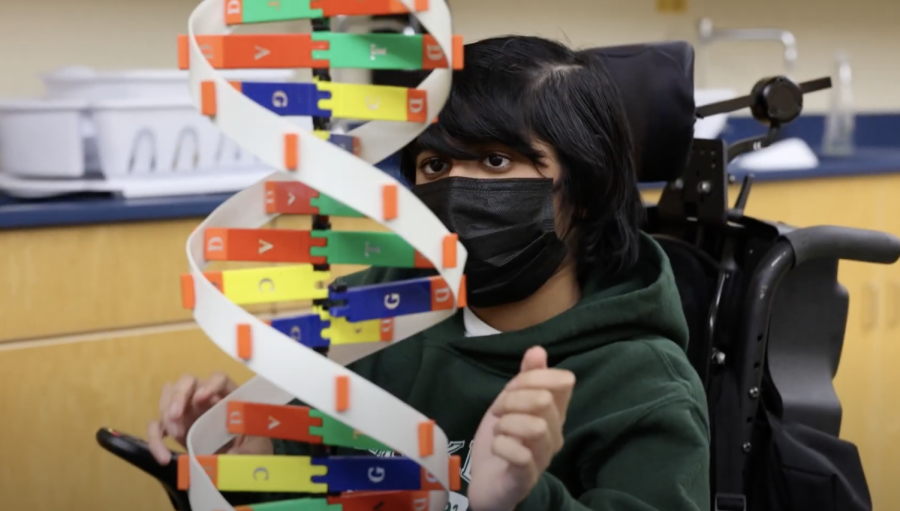
![“[Building nerf blasters] became this outlet of creativity for me that hasn't been matched by anything else. The process [of] making a build complete to your desire is such a painstakingly difficult process, but I've had to learn from [the skills needed from] soldering to proper painting. There's so many different options for everything, if you think about it, it exists. The best part is [that] if it doesn't exist, you can build it yourself," Ishaan Parate said.](https://harkeraquila.com/wp-content/uploads/2022/08/DSC_8149-900x604.jpg)

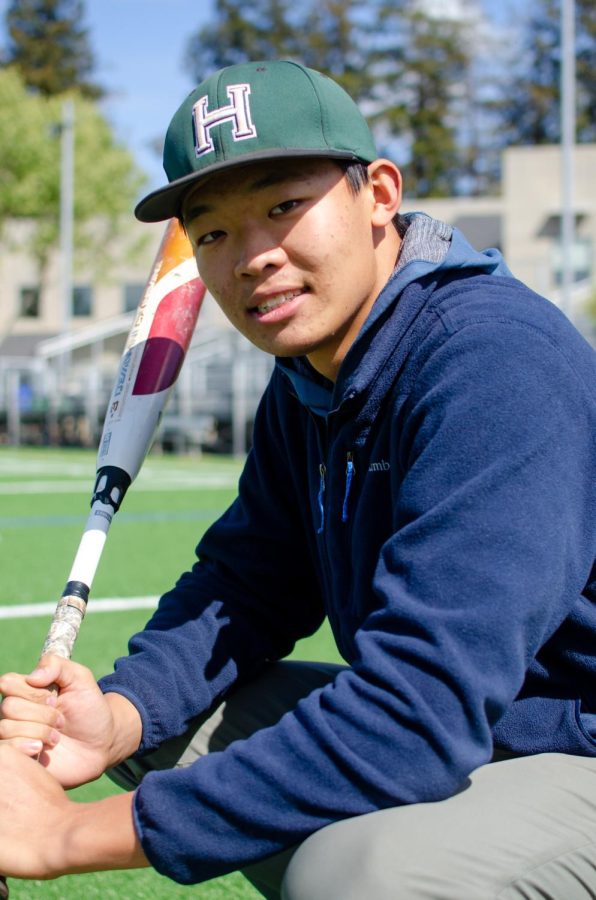
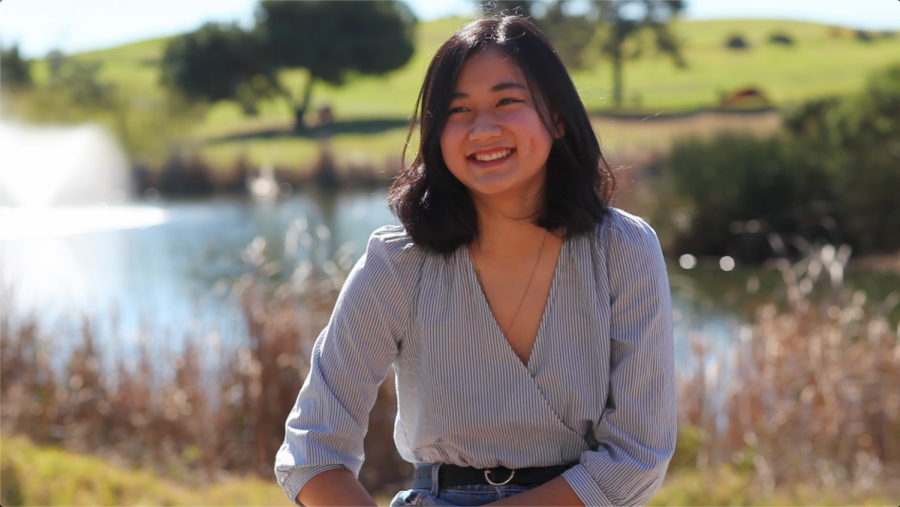
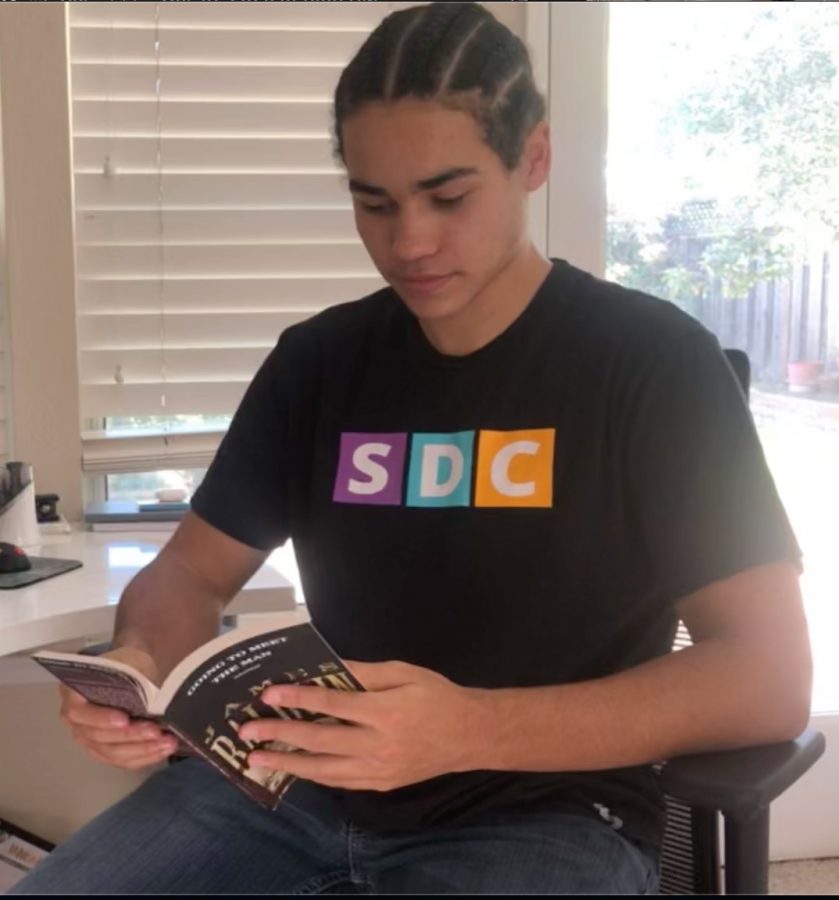
![“When I came into high school, I was ready to be a follower. But DECA was a game changer for me. It helped me overcome my fear of public speaking, and it's played such a major role in who I've become today. To be able to successfully lead a chapter of 150 students, an officer team and be one of the upperclassmen I once really admired is something I'm [really] proud of,” Anvitha Tummala ('21) said.](https://harkeraquila.com/wp-content/uploads/2021/07/Screen-Shot-2021-07-25-at-9.50.05-AM-900x594.png)
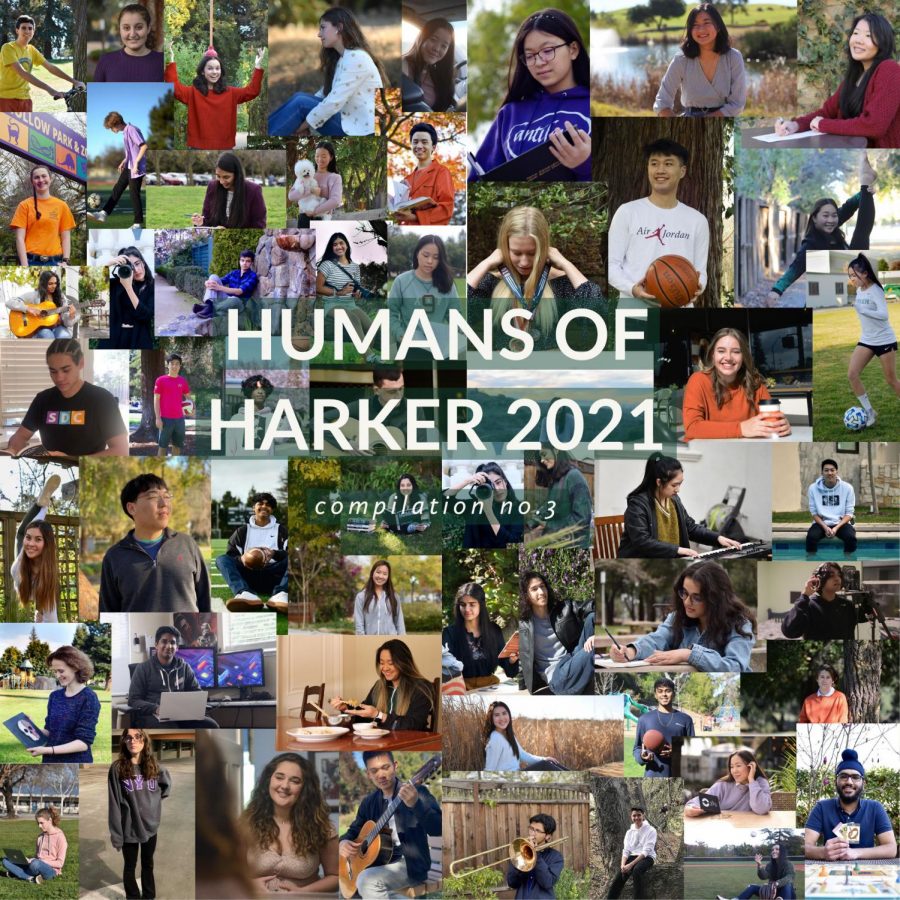
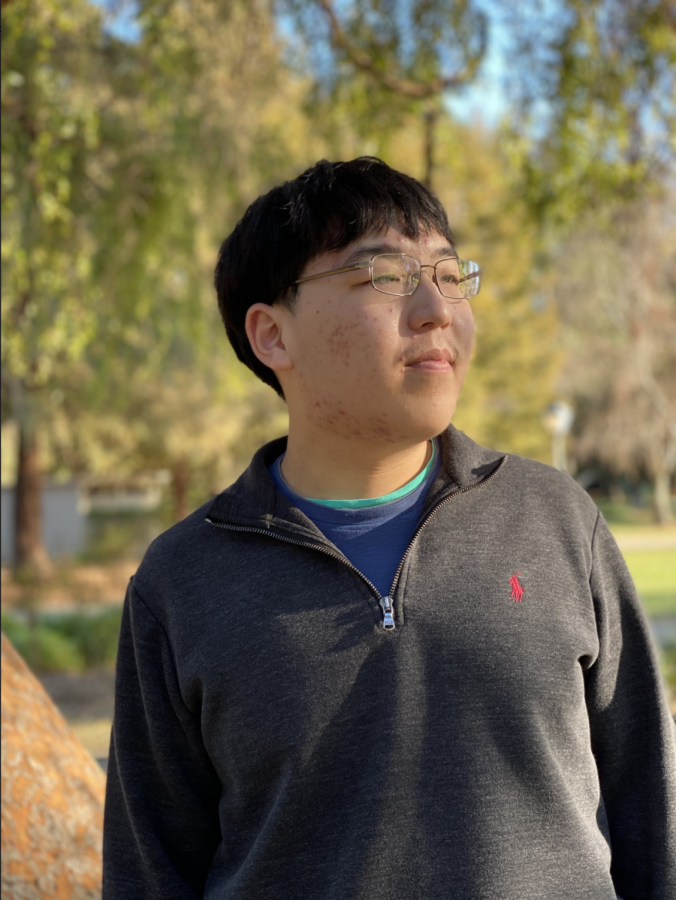
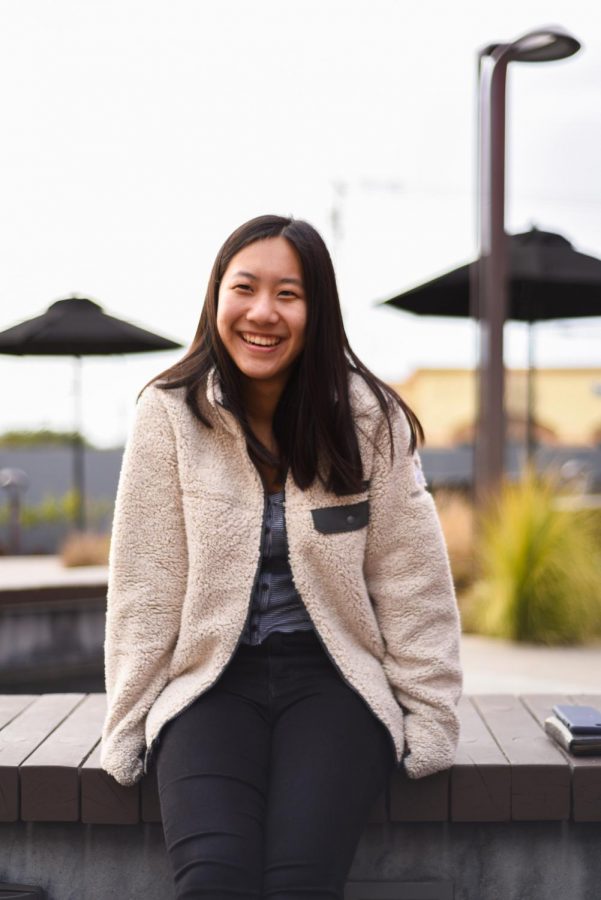
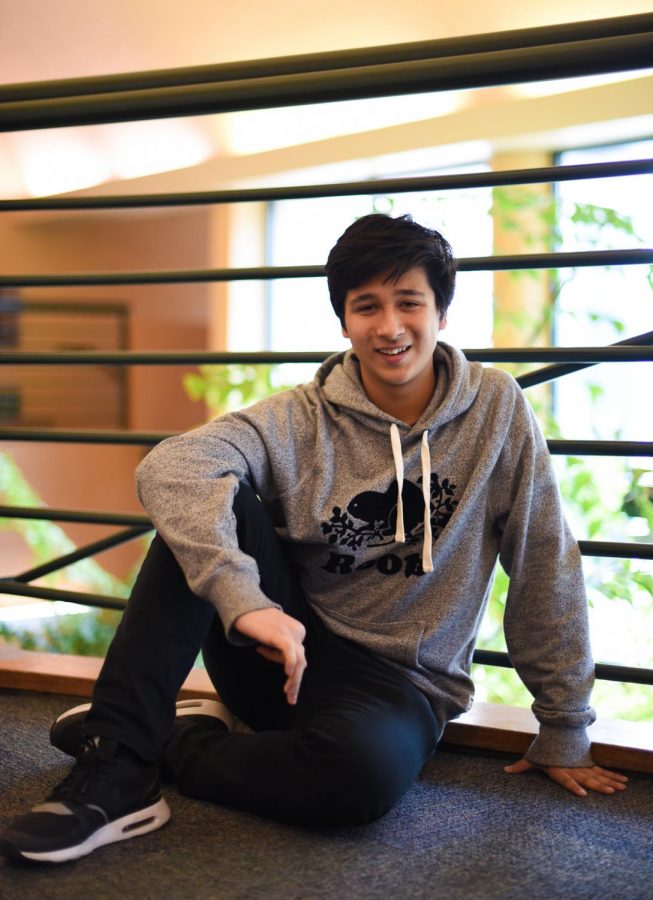

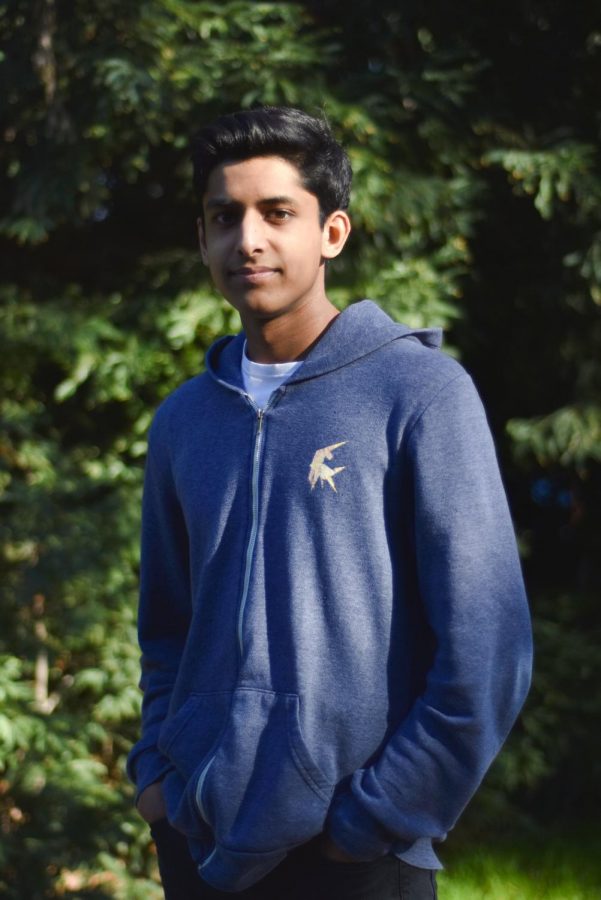

![“I think getting up in the morning and having a sense of purpose [is exciting]. I think without a certain amount of drive, life is kind of obsolete and mundane, and I think having that every single day is what makes each day unique and kind of makes life exciting,” Neymika Jain (12) said.](https://harkeraquila.com/wp-content/uploads/2017/06/Screen-Shot-2017-06-03-at-4.54.16-PM.png)

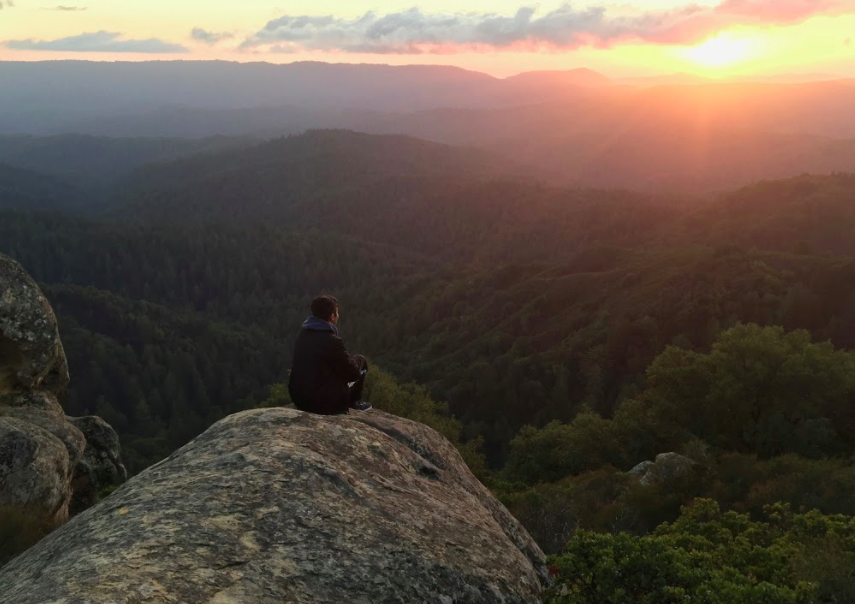


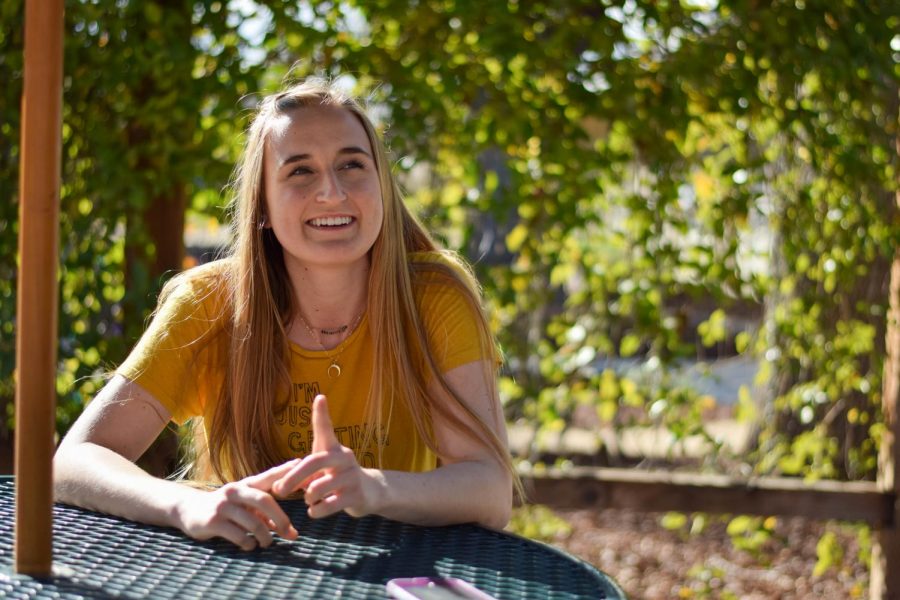
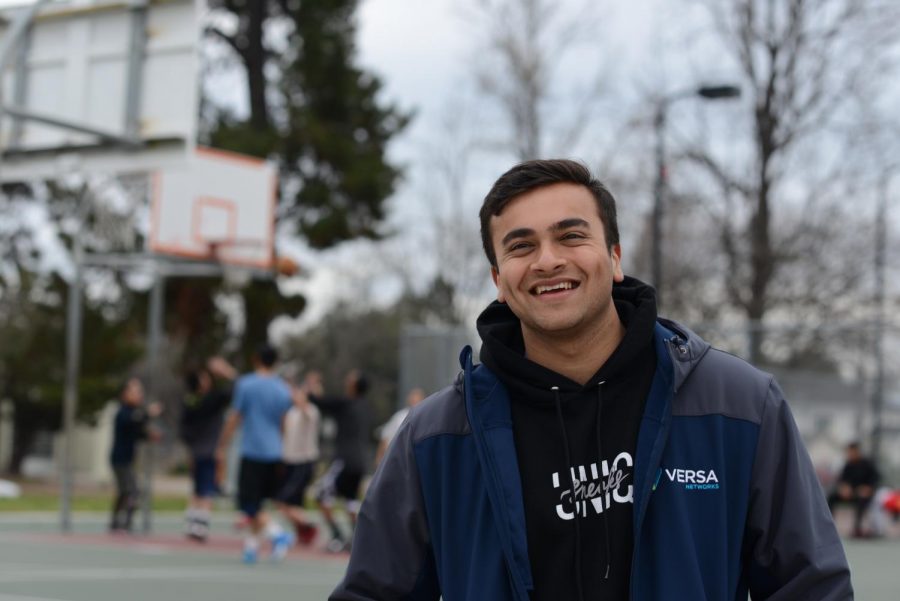
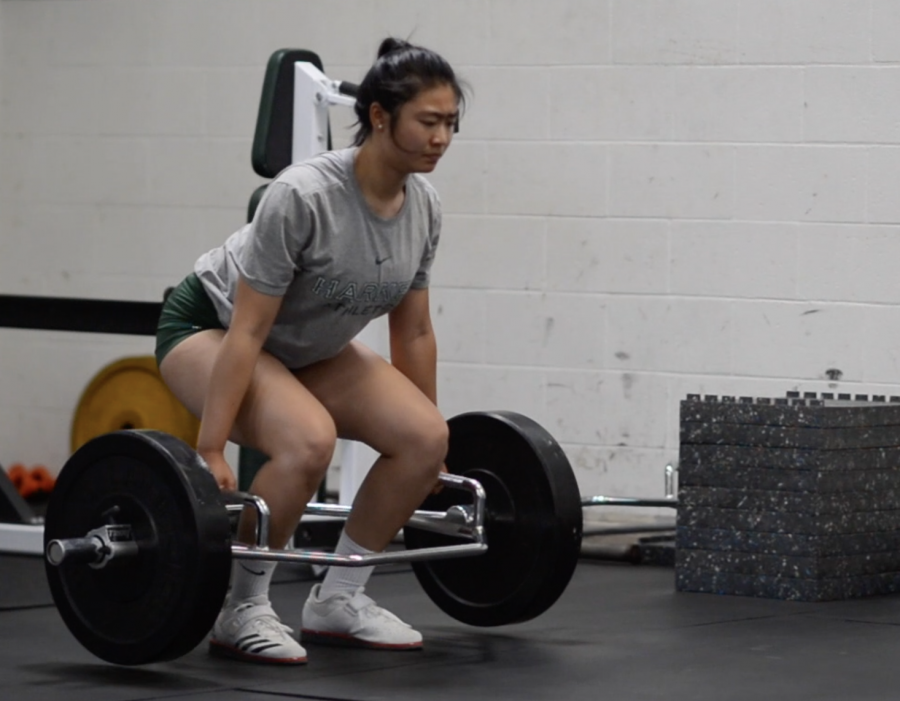
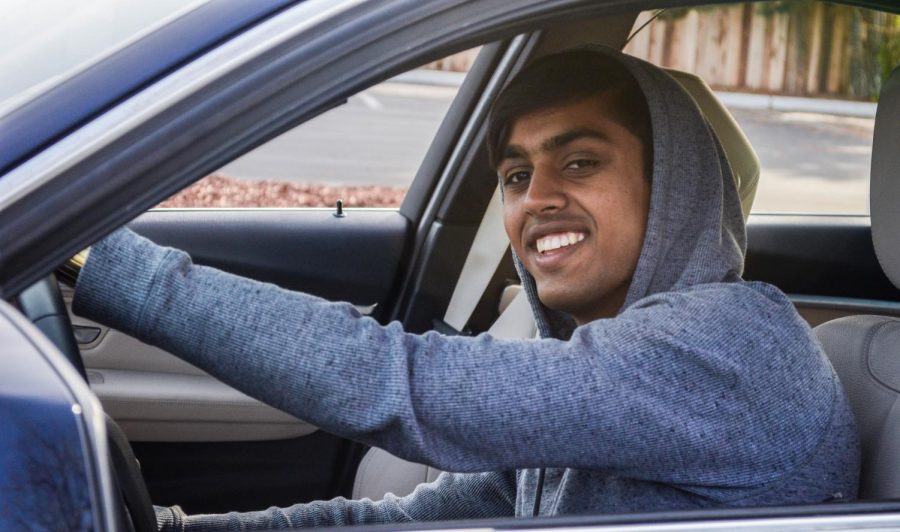
![“My slogan is ‘slow feet, don’t eat, and I’m hungry.’ You need to run fast to get where you are–you aren't going to get those championships if you aren't fast,” Angel Cervantes (12) said. “I want to do well in school on my tests and in track and win championships for my team. I live by that, [and] I can do that anywhere: in the classroom or on the field.”](https://harkeraquila.com/wp-content/uploads/2018/06/DSC5146-900x601.jpg)
![“[Volleyball has] taught me how to fall correctly, and another thing it taught is that you don’t have to be the best at something to be good at it. If you just hit the ball in a smart way, then it still scores points and you’re good at it. You could be a background player and still make a much bigger impact on the team than you would think,” Anya Gert (’20) said.](https://harkeraquila.com/wp-content/uploads/2020/06/AnnaGert_JinTuan_HoHPhotoEdited-600x900.jpeg)

![“I'm not nearly there yet, but [my confidence has] definitely been getting better since I was pretty shy and timid coming into Harker my freshman year. I know that there's a lot of people that are really confident in what they do, and I really admire them. Everyone's so driven and that has really pushed me to kind of try to find my own place in high school and be more confident,” Alyssa Huang (’20) said.](https://harkeraquila.com/wp-content/uploads/2020/06/AlyssaHuang_EmilyChen_HoHPhoto-900x749.jpeg)



